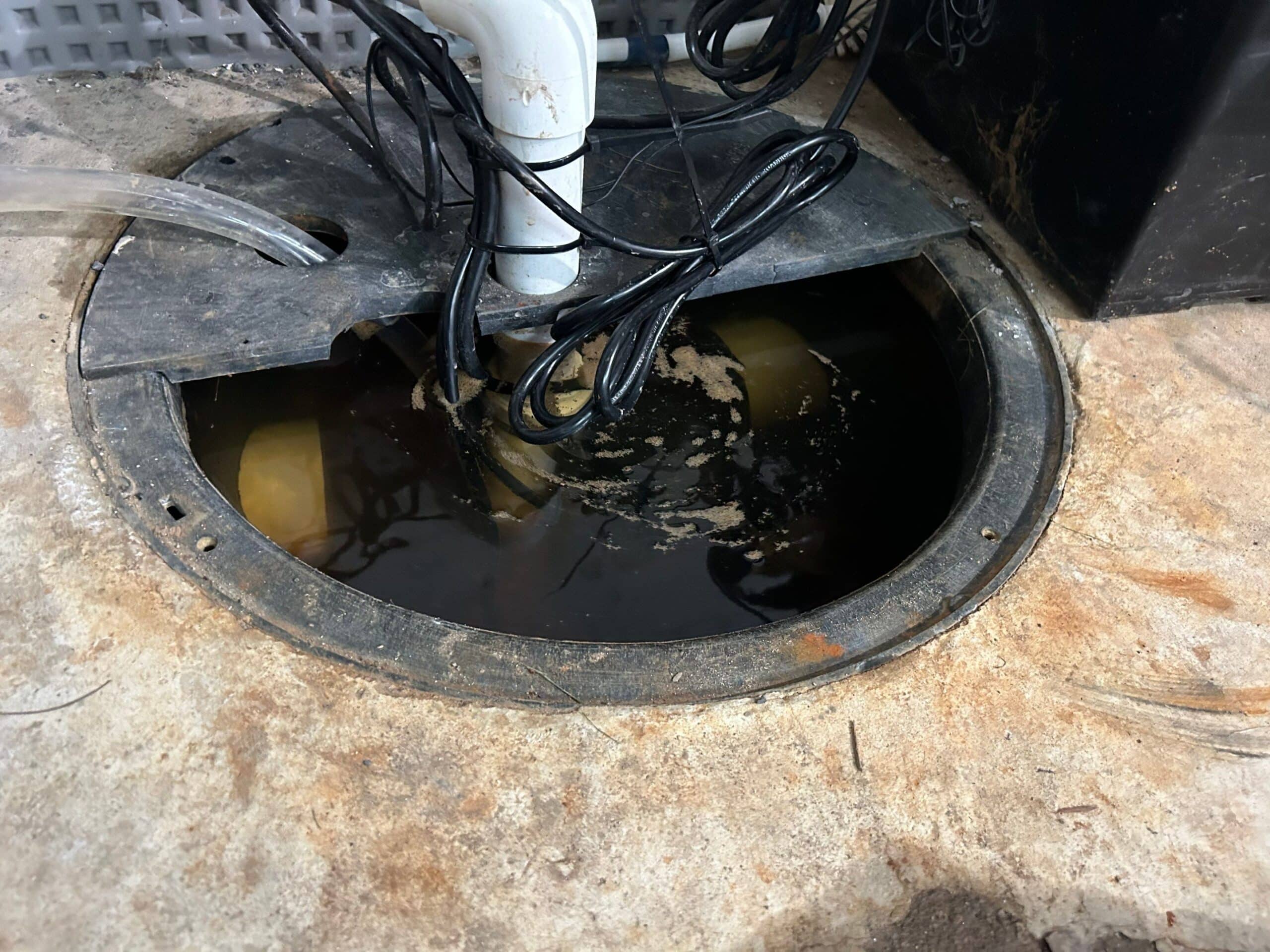There are certain words that no homeowner wants to hear. Chief amongst them: water ingress. While there can be a number of causes of dampness in your home, if yours is primarily located in the basement, there’s a good chance you’ve got a false water table.
In this article we’ll explain what a false water tables is, the damage they can do and what you can do about it if you’re unlucky enough to find groundwater coming through your basement floor or walls.
What Is a False Water Table?
At its most basic, the water table is the level where the ground becomes saturated. In some places it can be far below ground level, in others it can be just below the surface – this is what we call a “high water table”.
A false water table is what we call it when the backfill around your foundation fills with water after bad weather. We call it “false” partly because it’s temporary and partly because the backfill (and therefore the drainage issue) is manmade rather than natural.
Water usually follows the path of least resistance when it drains away. Most often, this is into the natural water table and doesn’t present an issue for homeowners. Occasionally however, the path of least resistance is into your property.
Whether it’s naturally a high water table or a false one, the effect is the same: groundwater under your basement floor.
What Damage Can a High Water Table Do?
Unfortunately, water ingress into a property can lead to serious problems.
From higher humidity to rotting wood and mold growth, all the way to cracked floors and even foundational drift, finding water pushing up through your basement floor is a serious cause for concern.
This is also one of those issues which will get worse over time.
How Do I Fix a High Water Table Under My House
While you might not be able to turn the tide back, you can certainly direct it away from your basement!
Here are two solutions for false water table problems.
Firstly, consider installing a sump pump. This is a simple system which sits in a pit (the “sump”) under your basement and diverts water through a discharge line and, most importantly, away from your property.
A French drain is another option. This is an even more simple solution which effectively consists of a perforated drainpipe which creates a new path of least resistance for any water which threatens your property.
Of course, prevention is always better than a cure. It’s always a good idea to ensure that your home has adequate guttering and downspouts to direct rainfall away from your buildings and to invest in proper drainage solutions across your property.
In Conclusion
While finding groundwater seeping into your basement is certainly a cause for concern, a false water table needn’t be a disaster. There are straightforward measures you can take to fix water table issues and avoid more serious damage.

